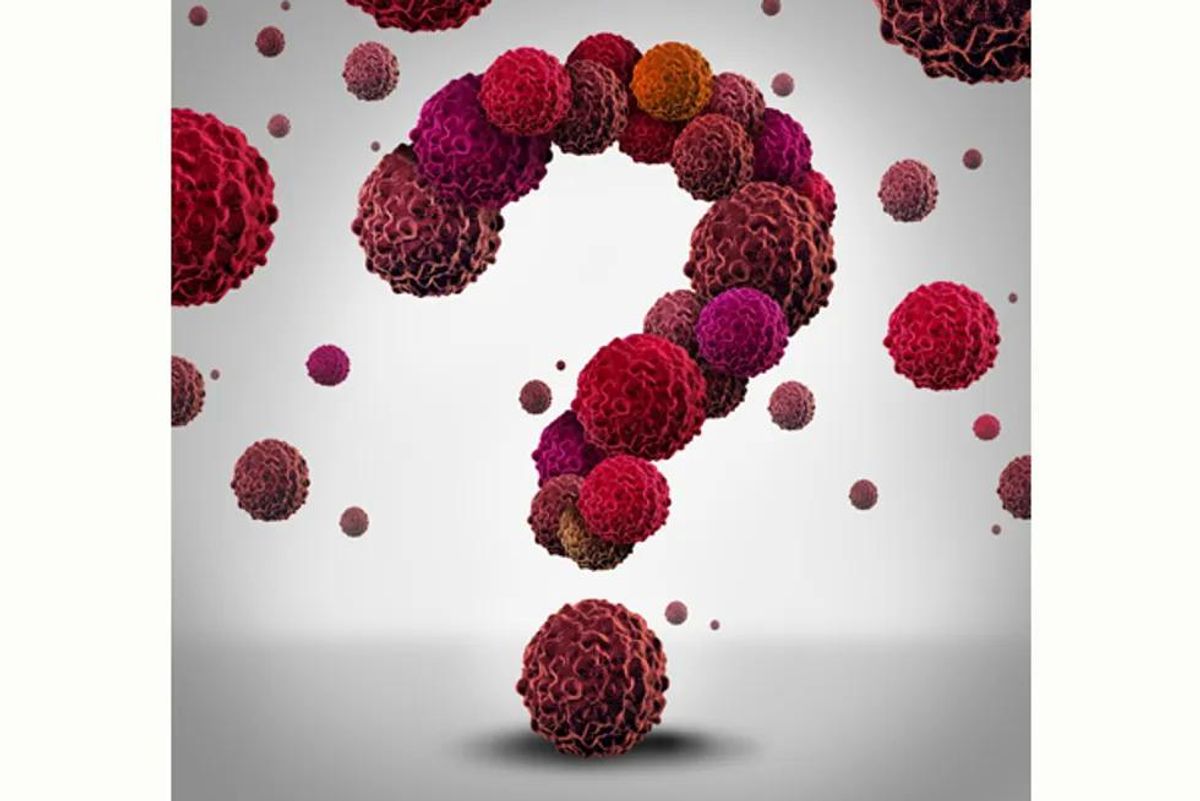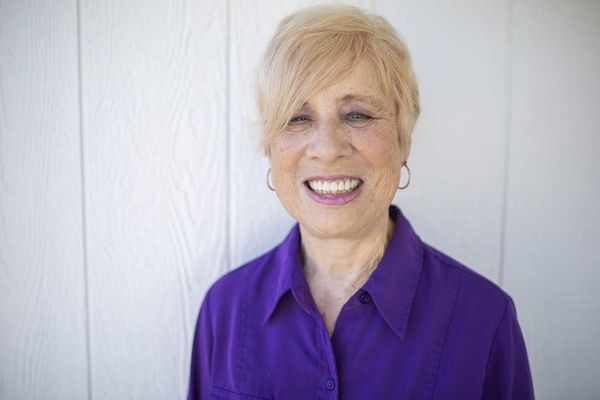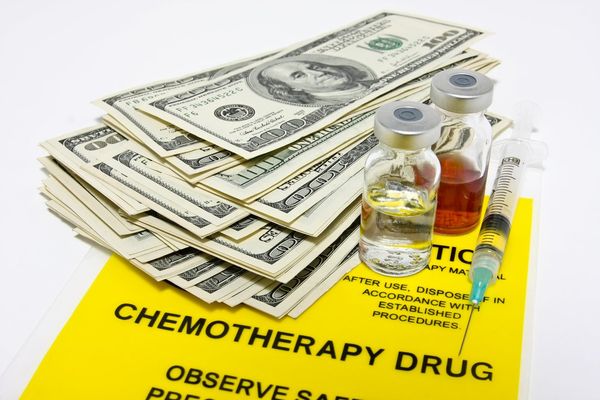Everyone knows that the number one way to lower the risk of getting lung cancer is not to smoke in the first place, or if you already smoke, to quit. Within just a few hours of quitting, the level of carbon monoxide in your blood starts to go down, which helps improve your blood's ability to transport oxygen to your cells. And within just a few years, you'll have lowered your risks of not only cancer, but of heart disease and other chronic diseases as well.
When you think about lung cancer, the first thing that likely comes to mind is its link to smoking. And when you consider the over 7,000 chemicals in tobacco smoke, it's easy to see why it's so toxic. According to the CDC, smoking cigarettes raises your risk of getting lung cancer, or dying from it, by 15 to 30 percent. Pipes and cigars are not blameless, either.
But here's something many people don't know: Although up to 90 percent of the cases of lung cancers are among smokers, up to 20 percent of those who die from lung cancer each year—somewhere between 16,000-24,000 Americans, according to the American Cancer Society—are not smokers, nor have they ever used tobacco in any other form.
The sad truth is that anyone can get lung cancer, even non-smokers.
Not only that, but lung cancer is on the rise among nonsmoking women. Scary fact: the disease among non-smokers, if put into its own category, would rank among the top 10 fatal cancers in the U.S.
In non-smokers, lung cancers tend to occur at younger ages. They often have certain genetic characteristics that set them apart from tumors found in smokers, too.
It's a confusing and can be frustrating to try to understand. Why can some people be lifelong smokers and never be touched by lung cancer, while others who never picked up a cigarette and live healthy lives get it?
If you're a non-smoker, you can reduce your risk by watching out for these culprits and working hard to limit or eliminate your exposure:
Outdoor air pollution. That includes diesel engine exhaust, solvents, metals, dust and particulate matter (a mixture of tiny solid particles and liquid droplets found in the air).
Second-hand smoke. Just breathing in the smoke of another - whether in be in your home, car, public places or workplace - results in about 7,000 adult deaths each year. It's not your imagination that being around a smoker irritates your airways. In fact, secondhand smoke has instantaneous dangerous effects on your heart and blood vessels – and is dangerous even at low levels. And it's not only cigarettes that are problematic; it's smoke from any tobacco product: One large cigar produces as much smoke as an entire pack of cigarettes.
Exposure to radon gas. The Environmental Protection Agency (EPA) says this is the leading cause of lung cancer in non-smokers, responsible for 21,000 lung cancer deaths each year. The risk is highest if you've lived for many years in a house contaminated by radon, finds studies. Since you can't see or smell radon gas, testing for it is the only way to know if it's present. Although it appears naturally in harmless amounts outdoors, radon can become more problematic in homes that are built on soil containing natural uranium deposits.
Workplace contaminants. Asbestos and diesel exhaust, when present, can increase your risk.
Gene mutations. Some genes lose their ability to suppress tumors. Other times, there are inherited DNA mutations that can raise the risk of lung cancer. Genetic changes can be acquired, rather than inherited (as in the case of exposure to risk factors). And finally, genetic changes may just occur randomly.
We may not be able to control everything, but being aware of some risk factors can be the first step in lowering your likelihood of being diagnosed with lung cancer. So can eating a healthy diet, filled with all the colors of the rainbow. Research has indicated that a diet rich in fruits and vegetables—especially cruciferous ones, like broccoli, cabbage and cauliflower—may help protect against lung cancer for both smokers and non-smokers.






